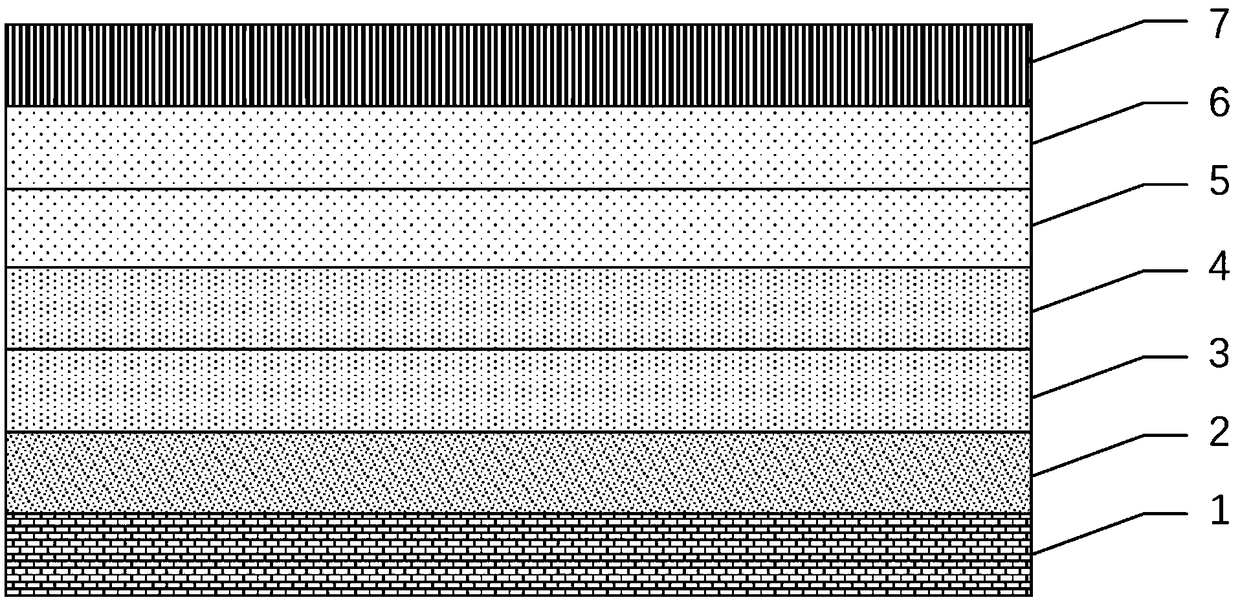Alloy component of low-cobalt high-temperature alloy supercharging turbine and preparation method of low-cobalt high-temperature alloy supercharging turbine
A supercharged turbine and high-temperature alloy technology, applied in the direction of casting mold composition, casting molding equipment, metal processing equipment, etc., can solve problems such as high cost, and achieve the goal of hindering dislocation cross-slip, reducing Co content, and improving strengthening ability Effect
- Summary
- Abstract
- Description
- Claims
- Application Information
AI Technical Summary
Problems solved by technology
Method used
Image
Examples
Embodiment 1
[0031] The actual measured components of the turbocharger in this embodiment are shown in Table 1. The preparation steps are as follows:
[0032] (1) During the batching process of the master alloy before smelting, the burning loss rate of Al, Ti, and B elements must be considered to be 0.3, 0.2, and 0.5 respectively. After batching, it is added to a vacuum induction furnace for smelting. The smelting process includes melting, refining, and alloying and pouring; first put nickel, chromium, molybdenum, tungsten, tantalum, cobalt, and carbon into the crucible, and then refine it for 35 minutes after refining. After smelting aluminum and titanium for 10 minutes, stir the alloy liquid melt, pour into argon, add boron for 5 minutes and stir the alloy liquid melt to make the ingredients uniform; finally, power off and cool down to make the melt temperature reach the pouring temperature before pouring, pouring The temperature is 1500-1570°C, electrified casting and filtering the all...
Embodiment 2
[0040] The actual measured components of the turbocharger in this embodiment are shown in Table 1. The preparation steps are as follows: (1) In the batching process of the master alloy before smelting, the burning loss rates of Al, Ti, and B elements must be considered to be 0.3, 0.2, and 0.5 respectively. After batching, they are added to a vacuum induction furnace for smelting. Refining, alloying and pouring; first put nickel, chromium, molybdenum, tungsten, tantalum, cobalt, and carbon into the crucible, and then refine for 35 minutes after refining. After refining, stir the alloy liquid melt, and then turn off the power to cool down to make the alloy liquid conjunctiva; Re-energize, add aluminum and titanium and smelt for 10 minutes, stir the alloy liquid melt, pour in argon, add boron for 5 minutes and stir the alloy liquid melt to make the ingredients uniform; finally, power off and cool down to make the melt temperature reach the pouring temperature Carry out pouring, t...
Embodiment 3
[0048] The actual measured components of the turbocharger in this embodiment are shown in Table 1. The preparation steps are as follows: (1) In the batching process of the master alloy before smelting, the burning loss rates of Al, Ti, and B elements must be considered to be 0.3, 0.2, and 0.5 respectively. After batching, they are added to a vacuum induction furnace for smelting. Refining, alloying and pouring; first put nickel, chromium, molybdenum, tungsten, tantalum, cobalt, and carbon into the crucible, and then refine for 35 minutes after refining. After refining, stir the alloy liquid melt, and then turn off the power to cool down to make the alloy liquid conjunctiva; Re-energize, add aluminum and titanium and smelt for 10 minutes, stir the alloy liquid melt, pour in argon, add boron for 5 minutes and stir the alloy liquid melt to make the ingredients uniform; finally, power off and cool down to make the melt temperature reach the pouring temperature Carry out pouring, t...
PUM
 Login to View More
Login to View More Abstract
Description
Claims
Application Information
 Login to View More
Login to View More - R&D
- Intellectual Property
- Life Sciences
- Materials
- Tech Scout
- Unparalleled Data Quality
- Higher Quality Content
- 60% Fewer Hallucinations
Browse by: Latest US Patents, China's latest patents, Technical Efficacy Thesaurus, Application Domain, Technology Topic, Popular Technical Reports.
© 2025 PatSnap. All rights reserved.Legal|Privacy policy|Modern Slavery Act Transparency Statement|Sitemap|About US| Contact US: help@patsnap.com

